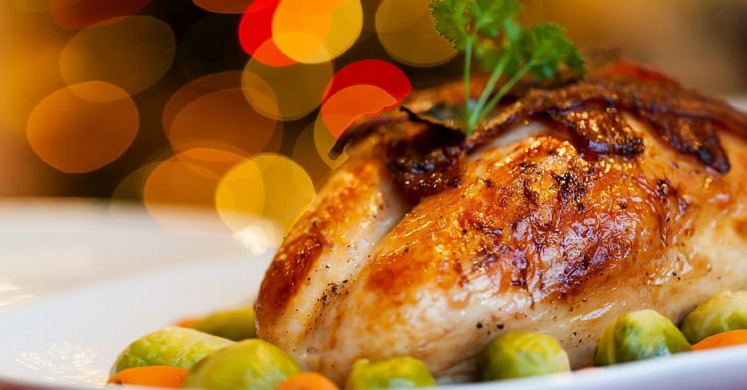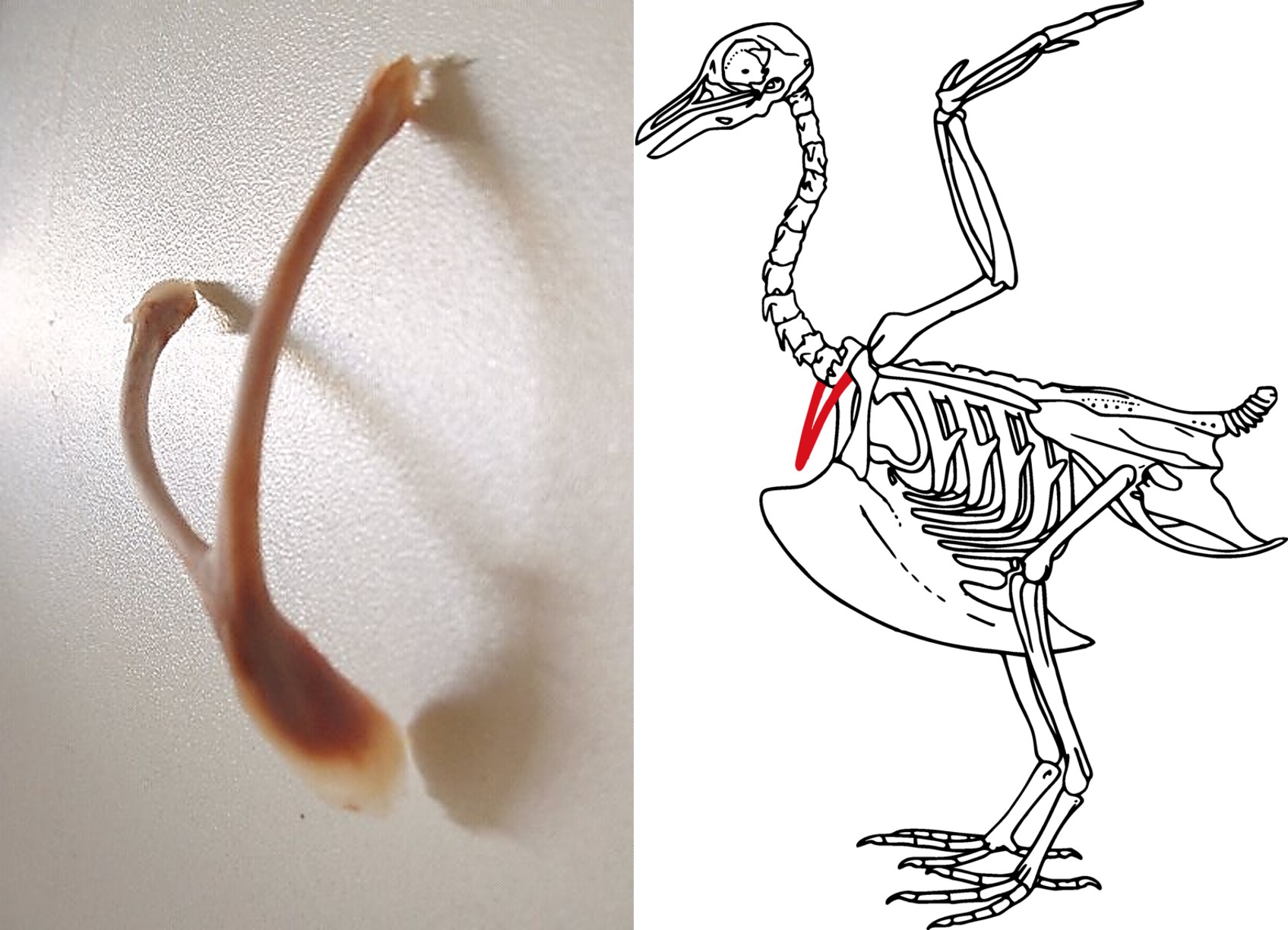Blog

#bioPGH Blog: What’s the Story on Wishbones?
 A resource of Biophilia: Pittsburgh, #bioPGH is a weekly blog and social media series that aims to encourage both children and adults to reconnect with nature and enjoy what each of our distinctive seasons has to offer.
A resource of Biophilia: Pittsburgh, #bioPGH is a weekly blog and social media series that aims to encourage both children and adults to reconnect with nature and enjoy what each of our distinctive seasons has to offer.
Thanksgiving will look different for many of us this year, with smaller gatherings to keep loved ones and our communities healthy. One quirky little tradition isn’t impacted at all by a global pandemic, though: the wishing-granting power of a specific turkey bone! Is the wishbone a tradition in your family? My sister and I used to strategically plan our grips on either side of the bone to decrease the likelihood of “slippage,” which was essentially a forfeiture of the wish in question. It wasn’t until college that I really gave much thought what exactly that bone was and what purpose it served. Are you ready for the best little assortment of fun facts to bring to the Thanksgiving dinner table? Let’s explore!
The “wishbone” is actually a bone called the furcula, and it is present in most modern birds and some extinct dinosaurs. The furcula, with its flexibility and “springiness,” is an important piece of the flight puzzle for many species. Check out the stylized bird skeleton below with the approximate position of the furcula highlighted in red.

When birds engage their wings in the downstroke of flight, their muscles compress the lower part of the furcula, which opens the two extending arms of the furcula wider. When the birds start lifting their wings for the upstroke, they release the pressure on the furcula, which in turn helps to “spring” their wings back open.
It is definitely worth noting, though, that depending on species-specific musculature and bone shape, the furcula can have a slightly different impact on flight. There are also some flighted birds that don’t have a furcula at all (like some owls, parrots and toucans, among a few other species) while flightless birds like penguins have them. Some larger birds and strong fliers like peregrine falcons have a more rigid furcula that doesn’t seem to offer the “springing” flight advantage. Nature is full of exceptions and food for curiosity!
Since the furcula aids in flight, it makes sense that while birds have this skeletal feature while we don’t. However, we have something comparable: our two clavicles, colloquially called collar bones. The furcula almost seems like fused-together version of our collar bones, but there is actually quite a bit of debate on whether or not our clavicles and avian furcula are “the same bones” across widely different taxonomic groupings. Rather than actually being our equivalent of clavicles, it has been suggested the furcula is actually the equivalent of the interclavicle – a bone that holds together clavicles in many animals (though notably absent in most mammals, except for egg-laying mammals like platypuses and echidnas). Still so many mysteries to be solved out there!
Well, whether you will be enjoying a turkey, a vegetarian meal, or something altogether different this Thursday, you will have a bit of extra insight into the biology behind the centuries-old lore of lucky wishbones! And may all those holiday wishes come true!
Connecting to the Outdoors Tip: After Thanksgiving, instead of “black Friday,” make it a biophilic Friday! Head outdoors (following CDC and state guidelines), and enjoy nature rather than buying more stuff. You’ll be happier and healthier!
Resources
Sullivan et al. 2020: Evolutionary Variation and Biomechanics of the Avian Furcula
Photo credits: Cover, PxFuel public domain; Header, Pexels CC0; Bone, Wikimedia user Petko Yotov, CC BY-SA 3.0; Skeleton, Wikimedia user Toony, CC BY-SA 3.0

